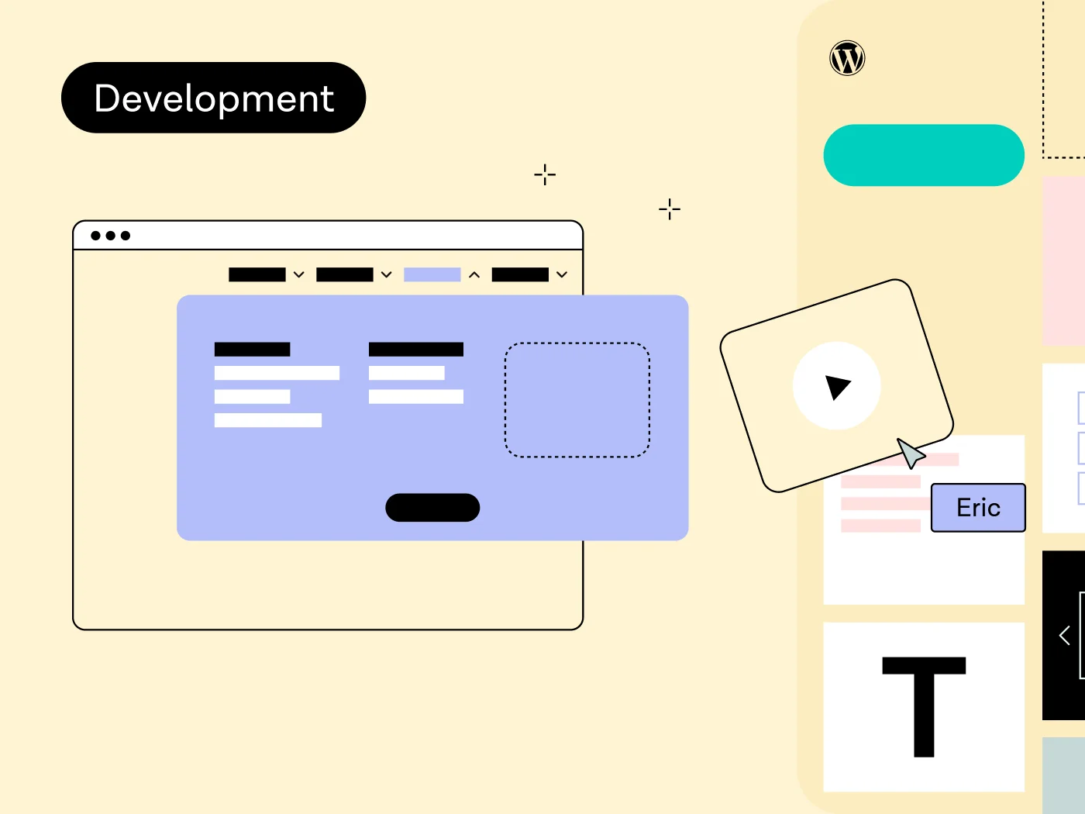We all know that feedback is an essential part of any design project. It’s how we align, improve, and build trust. But when it spirals into a loop of rework, delays, and frustration, nobody wins. Designers burn out, timelines stretch thin, and clients lose sight of the bigger picture.
Even experienced teams fall into this trap. You’ve probably been there: the sixth meeting about a logo direction, another wireframe revision after a new stakeholder steps in, or the dreaded file named BrandRevealVideo-v16-Final4-RealFinalExport2.mp4.
Here’s the thing: endless feedback loops usually aren’t about bad designers or chaotic clients. More often, they’re symptoms of misalignment: of vision, expectations, or communication. And that’s something we can fix.
It’s not you. Or me. It’s the gap between us.
When feedback feels like it’s circling, not connecting, it’s often because something fundamental wasn’t clarified from the start: the goal, the audience, the concept, or the role of each voice in the room.
Good feedback (positive or negative) should bring us closer, not further apart. But without proper alignment, it’s easy to mistake preferences for strategy, or assume silence means approval. It can lead us to unclear briefs, vague direction, and ultimately, work that misses the mark. No matter how talented the team.
We’ve seen this play out from all sides — as designers, project managers, and partners to our clients. And while every project has its curveballs, a few shifts in how we work together can prevent small misfires from becoming major setbacks.
What can you do as a Designer
- Ask for a proper brief — and defend it.
If the brief is vague, incomplete, or contradictory, that’s a red flag. Ask questions. Fill in the gaps. A good brief is your anchor, something you can hold on to when feedback is steering you away. It’s much easier to defend a creative decision when everyone agrees on the goal set at the beginning. - Share the process, not just the outcome.
Bring clients into your process early and often. Big reveal moments might feel satisfying, but they rarely go as planned. Show your thinking as you go. Visualise concepts through early sketches, moodboards, or low-fidelity prototypes. This builds confidence and brings the client along, instead of leaving them to react to something they didn’t see coming. - Learn the client’s visual language.
Design feedback can feel personal, but perception is contextual. What reads as bold in one industry might feel risky in another. Before jumping into visuals, align on references, tone, and audience expectations. The more you understand their world, the easier it is to create work that resonates.
What can you do as a Project Manager
- Set the pace and show the map.
Clients don’t always know what the design process looks like behind the curtain. Spell out the phases, explain what decisions happen when, and make space for their input. People give better feedback when they know what kind is actually helpful at that stage. - Build timelines with room to breathe.
Work with your team to plan realistic schedules, not just ideal ones. Leave room for discussion, refinement, or unexpected detours. If you don’t need the extra time, great. If you do, you’re covered. - Be more than a messenger.
Get familiar with the design process so you can explain decisions and guide client conversations when your team isn’t in the room. Just as importantly, help interpret client concerns in a way that’s clear and actionable for designers. You can be the translator between vision and execution, able to spot misalignment early and defuse tension before it builds.
What can you do as a Client
- Speak with one voice.
When feedback comes from multiple stakeholders, unify it before sharing. Agencies don’t know who outranks who. Conflicting opinions slow down progress and blur accountability. Align internally first, and if you’re stuck, ask the team for advice on how to move forward. - Involve key people early.
Keeping senior voices out of the loop to “save their time” can backfire. If their opinion is going to reshape the work, bring them in at the right moments. A 10-minute review now can save weeks of rework later. - Refer back to the brief.
Design isn’t just about what looks good, it’s about what solves the problem. If you’re unsure how to evaluate a concept, revisit the strategy. Is it addressing the goals? If not, say so. If it is, but doesn’t feel quite right, describe why. And don’t hesitate to ask for help reading the work. That’s part of the process.
Feedback loops aren’t inevitable
Design is collaborative by nature. The best work comes from clear goals, open communication, and mutual respect. Not just polished visuals.
When projects go in circles, it’s often a sign that alignment got lost somewhere along the way. But with the right foundations, those loops can become leaps forward.
So if you feel stuck, don’t just revise — realign. Ask the harder questions. Clarify the goals. Get everyone back on the same page. That’s when the real progress starts.



